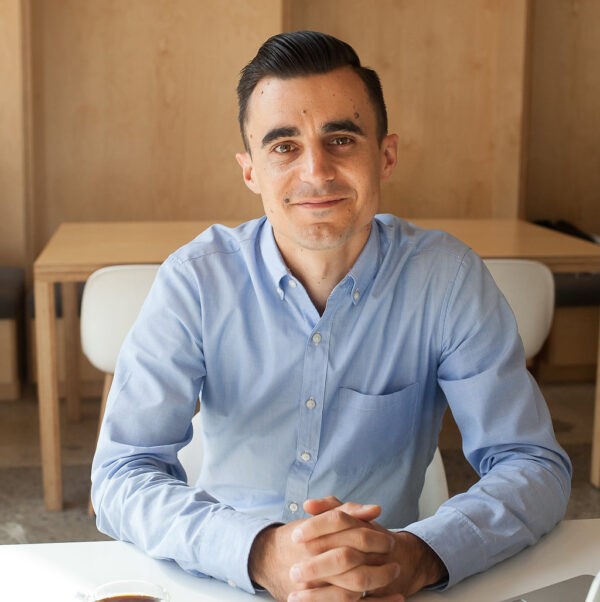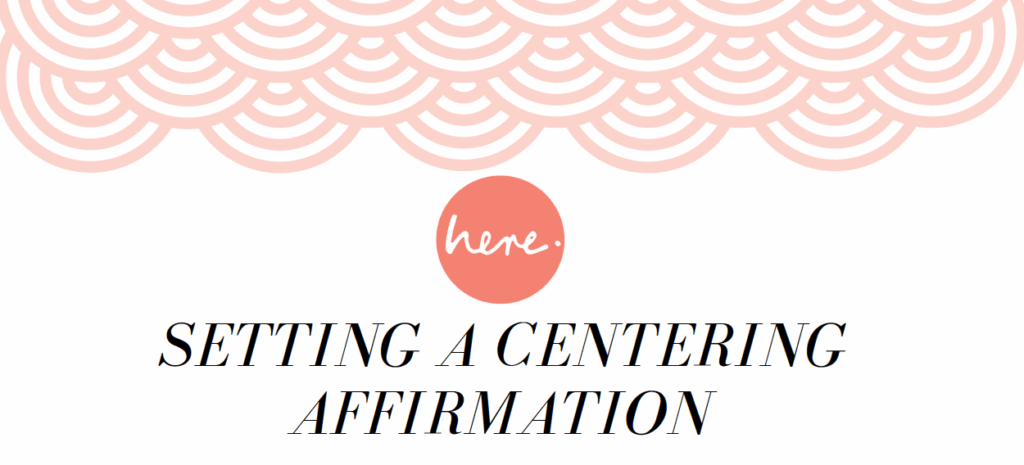Feeling overwhelmed by your emotions or the people in your life? EMDR tapping is a simple technique you can do at home to calm your nervous system and feel more emotionally grounded. Whether it’s a parent with different views, a frustrating coworker, or a partner’s quirky habits, EMDR tapping can help you create new connections in your brain for greater emotional peace.
It’s easy to get stressed out by the people around us. That’s where EMDR tapping comes in—a simple technique you can do at home to reduce stress and manage negative emotions. EMDR tapping, also known as self-administered EMDR or tapping EMDR, can be done easily at home to manage triggers from relationships. Whether it’s a parent with different views, a frustrating coworker, or a partner’s quirky habits, EMDR tapping helps you create new connections in your brain for better emotional peace.
- You have a parent with a different political or religious perspective than you.
- Your coworker consistently finds ways to push your buttons.
- Your partner can’t seem to understand how to squeeze the toothpaste correctly.
Whatever it is, you’re a living, breathing unique individual in a world full of living, breathing unique individuals, and all of that interaction is hard. That’s where EMDR tapping comes in: a way to create new connections in your brain to help you navigate emotions well.
What is EMDR Tapping? Understanding Bilateral Stimulation and Tapping EMDR Techniques
The negative experiences in your past create a code in your brain, coaxing you to feel stressed, depressed, or angry in response to certain triggers. EMDR tapping is a therapeutic process that helps you re-access these memories to change the code, helping you discover the peace you long for. This is achieved through stimulating the left and right sides of the brain rhythmically, something you can do with simple actions like tapping your knees in an alternating pattern.
EMDR (Eye Movement Desensitization and Reprocessing) mimics REM sleep’s left-right eye movements through tapping, helping reprocess memories. Studies show it reduces PTSD symptoms effectively.
Memories are likely stored in the brain during left-right eye movements that occur while we sleep, and EMDR appears to mimic this process in order to heal the effects of negative memories, whether we are conscious of those memories or not.
Remember that situation that was stressing you out? You can practice the bilateral stimulation from EMDR at home to turn down the negative volume of this trigger in your life.
Benefits of EMDR Tapping at Home for Trauma and Relationships
EMDR tapping at home offers several advantages for managing everyday stress and deeper emotional issues:
- Reduces anxiety quickly by reprocessing negative triggers.
- Builds positive neural pathways for healthier responses to relationships.
- Provides a self-empowering tool for mild trauma symptoms without needing immediate professional help.
- Improves emotional regulation, helping you stay calm during conflicts.
- Supports overall mental well-being, similar to how full EMDR therapy aids in trauma recovery.
How to Do EMDR Tapping at Home: Step-by-Step Guide for Self-Tapping
Step 1: Imagine your distress.
Who’s that person you want to get along with better? What’s the emotion you feel when you bring their face to mind? Try to really feel it. Make their face vivid in your mind until the pain becomes present. Now take a distress measurement, where 0 is no distress and 10 is the most distress you can possibly imagine. Write this down.
Step 2: Find your mental safe place.
Close your eyes and wander. Perhaps you’re walking along the ocean. Maybe you’ve found a hidden temple in the forest. As we distract your fight, flight, or freeze response with this safe place, choose a positive intention that combats the negative emotion in the previous step. Perhaps it’s “I’m worth it,” “I’m a hard worker,” or “I am loved.”
Step 3: Tap your knees.
Begin tapping your knees, alternating between left and right. Keep this slow, about 1 tap per second, keeping in mind both your safe place and your positive intention. Stay in this moment, relaxing if you can, for the next 5 minutes. Now take a deep breath, take another distress score from 0-10, and stand in power knowing you’ve taken a small step towards bettering the relationships in your life.
For EMDR self tapping, try the butterfly hug if knee tapping feels awkward—cross your arms and alternate taps on your shoulders.
EMDR Tapping Points: Where and How to Tap for Effective Results
EMDR tapping points focus on bilateral alternation rather than specific meridians, unlike EFT. Common EMDR bilateral spots include knees or thighs for easy access, the butterfly hug (crossing arms and tapping shoulders), or hand taps on alternating sides. Tap at 1 per second for calming or faster for processing. Unlike EFT, which taps on acupoints like the forehead or under the eye, EMDR tapping points are chosen for their ability to create rhythmic stimulation across the body’s sides.
[Image: Illustration of EMDR tapping points including butterfly hug with alt text “Step-by-step guide to EMDR tapping points at home”]
Quick Guide to EMDR Tapping at Home:
- Tap your knees alternately for 5 minutes while focusing on your safe place and intention, then re-rate your distress.
- Identify a stressful situation or person and rate your distress (0-10).
- Visualize a safe, calming place and choose a positive intention (e.g., “I am loved”).
EMDR Therapy vs. At-Home Tapping: When to Seek Professional Help
Perhaps you wonder if you should take the next step into therapy. Are you stuck in the same thought patterns and nothing seems to help? Maybe you’ve spoken with a friend and don’t feel much better. Maybe you took a day to pamper yourself but find you’re still depressed. Or maybe you feel engulfed by the same relational patterns that seem to get you nowhere.
While EMDR tapping at home is great for mild stress, full EMDR therapy with a professional is recommended for trauma. It could be time to look into EMDR therapy. I help people make sense of their past to find hope for their future. Click on my information below for more information. For more on certified EMDR practices, visit emdria.org.
We provide EMDR therapy in Pasadena with therapists who are familiar with helping people recover from trauma.
EMDR Therapy makes a difference where it matters most
You long for peace in your relationships. You hope to be less fazed when your parent doesn’t understand. You want to focus on yourself and your efficiency when your coworker says something ridiculous. Remember these three steps. Take them with you on your bathroom break. Use them in bed to help you sleep after a difficult argument. See how empowering changing the code of your brain can be.
When NOT to Use EMDR Tapping Alone
While self-administered EMDR tapping can be helpful, there are times when it’s best avoided without the support of a professional:
- You’re dealing with intense trauma or PTSD
- You experience flashbacks or panic attacks
- You feel emotionally “numb” or dissociated
- Your emotional response becomes too intense to handle
In these cases, self-administered tapping could stir up unresolved pain without a way to fully process it. This is when the support of a licensed EMDR therapist is essential.
Recover from past trauma through EMDR Therapy
In therapy we partner together to help you achieve your goals. We start by identifying the core issue you’d like to work on. Then we approach the issue using EMDR techniques, helping to resolve the traumatic experience. I’m confident that the issue you’re facing can be overcome. Take the first step by clicking below and learning more about our therapists who practice EMDR:
FAQ: Common Questions About EMDR Tapping
What is EMDR tapping?
EMDR tapping is a technique using bilateral stimulation to reprocess negative memories and reduce stress, mimicking REM sleep processes.
How to do EMDR tapping points?
Focus on alternating taps on knees, shoulders (via butterfly hug), or hands. Tap rhythmically at about 1 per second while holding a safe place in mind.
Can I do EMDR at home safely?
Yes, for mild issues like daily stress, but for severe trauma, consult a professional to avoid re-traumatization.
What’s the difference between tapping EMDR and EFT?
EFT involves tapping on specific meridian acupoints with affirmations, while EMDR uses bilateral taps to stimulate brain sides for memory reprocessing.


















